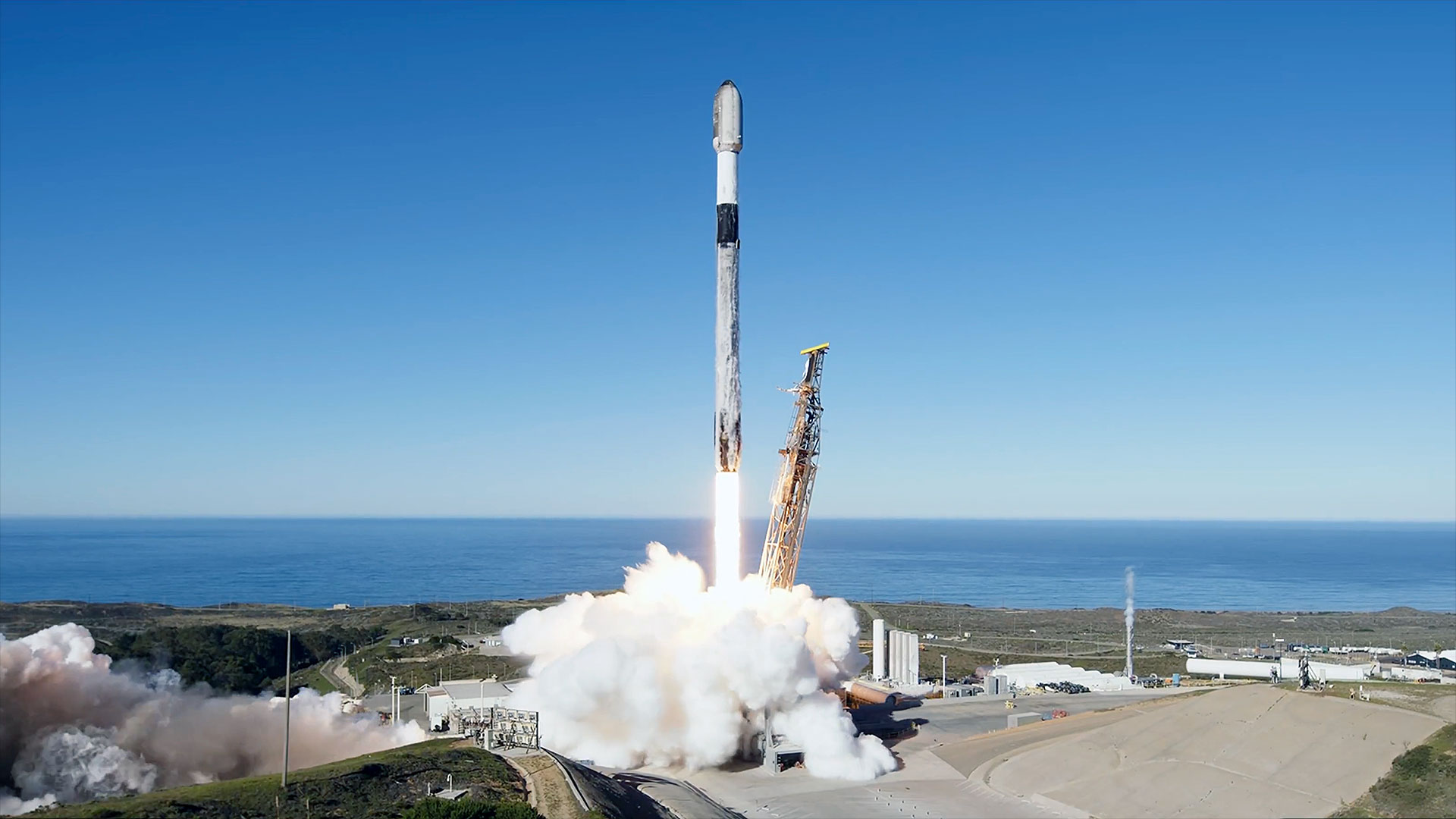'Standard model' of cosmology called into question by new measurements
Do scientists need to re-examine the basic model of the universe?
Using new measurements of cosmic distances, astronomers have refined their calculation of the Hubble Constant, a number that describes how fast the universe is expanding at different distances from a specific point in space.
The new measurements have prompted scientists to consider revising this important figure and provided support for the idea that the "standard model of cosmology," the theory that describes the fundamental nature of the universe, may need to be revamped.
These new measurements, made using a variety of telescopes around the world, emphasize a discrepancy between previous measurements of the Hubble Constant and the value of this constant predicted by the "standard model," astronomers said. With the "standard model of cosmology," the universe is thought to be about 5% ordinary matter, 27% dark matter and 68% dark energy.
Related: The biggest unsolved mysteries in physics
In this new work, researchers refined distance measurements to four different galaxies (which are at distances ranging from 168 million light-years to 431 million light-years from Earth) and additional, previous distance measurements to two galaxies. They found the Hubble Constant, or the rate that the universe is expanding, to be 73.9 kilometers (45.9 miles) per second per megaparsec.
This is fairly different from 67.4 kilometers (41.9 miles) per second per megaparsec, the value predicted from the standard model.
Breaking space news, the latest updates on rocket launches, skywatching events and more!
“Testing the standard model of cosmology is a really challenging problem that requires the best-ever measurements of the Hubble Constant," Dom Pesce, a researcher at the Center for Astrophysics at Harvard and Smithsonian and lead author on the new paper, said in a statement.
"The discrepancy between the predicted and measured values of the Hubble Constant points to one of the most fundamental problems in all of physics, so we would like to have multiple, independent measurements that corroborate the problem and test the model," Pesce said. "Our method is geometric and completely independent of all others, and it reinforces the discrepancy."
These new measurements were made by telescopes including the National Science Foundation’s Very Long Baseline Array (VLBA), Karl G. Jansky Very Large Array (VLA), and Robert C. Byrd Green Bank Telescope (GBT), along with the Effelsberg telescope in Germany.
“We find that galaxies are nearer than predicted by the standard model of cosmology, corroborating a problem identified in other types of distance measurements," James Braatz of the National Radio Astronomy Observatory (NRAO), who leads the Megamaser Cosmology Project, which aims to measure the Hubble Constant, said in the same statement.
"There has been debate over whether this problem lies in the model itself or in the measurements used to test it," Braatz added. "Our work uses a distance measurement technique completely independent of all others, and we reinforce the disparity between measured and predicted values. It is likely that the basic cosmological model involved in the predictions is the problem."
This work was published in the journal the Astrophysical Journal Letters.
- The 12 Strangest Objects in the Universe
- From Big Bang to Present: Snapshots of Our Universe Through Time.
- The 11 Biggest Unanswered Questions About Dark Matter
Email Chelsea Gohd at cgohd@space.com or follow her on Twitter @chelsea_gohd. Follow us on Twitter @Spacedotcom and on Facebook.
OFFER: Save 45% on 'All About Space' 'How it Works' and 'All About History'!
For a limited time, you can take out a digital subscription to any of our best-selling science magazines for just $2.38 per month, or 45% off the standard price for the first three months.

Chelsea “Foxanne” Gohd joined Space.com in 2018 and is now a Senior Writer, writing about everything from climate change to planetary science and human spaceflight in both articles and on-camera in videos. With a degree in Public Health and biological sciences, Chelsea has written and worked for institutions including the American Museum of Natural History, Scientific American, Discover Magazine Blog, Astronomy Magazine and Live Science. When not writing, editing or filming something space-y, Chelsea "Foxanne" Gohd is writing music and performing as Foxanne, even launching a song to space in 2021 with Inspiration4. You can follow her on Twitter @chelsea_gohd and @foxannemusic.


